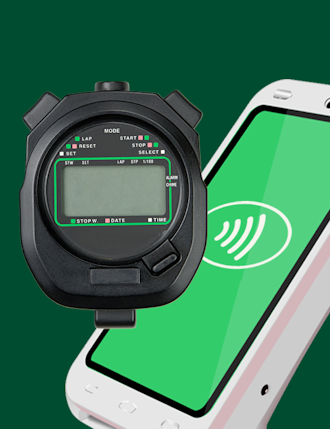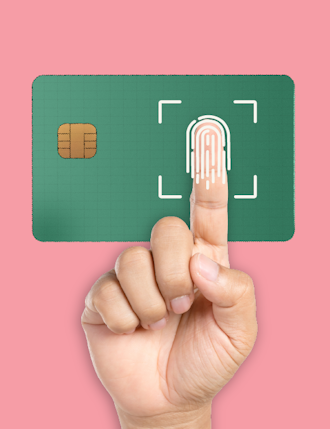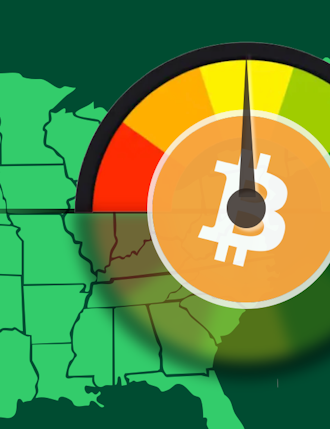No specialized app marketplace for smart Point Of Sale systems is ever likely to approach the volume of the Google Play app store, which has around 3 million apps. But as small to medium-size business (SMB) merchants begin to exploit the capabilities of their new devices, the numbers of tailored apps will quickly grow.
Every day, more and more software developers are offering apps catering to the small merchant segment, some of which target specific vertical segments, while others target a more horizontal, general merchant profile.
The numbers of smart POS apps may never be quite so daunting as those for the smartphone, but the task of investigating numerous POS and other business apps is a time-consuming prospect that few merchants have the time or affinity for.
Search on Google Play for “POS” apps and more than 200 show up. It’s a similar story for loyalty apps. Many other apps are available today to transform the traditional point of sale (POS) into a vibrant point of interaction (POI) that fulfills merchant needs for integrated payment, consumer-facing digital activities, and automation of key business functions and processes.
The problem is there is far too much technology for most merchants to fully explore or make reasoned decisions on what is best for them. They are going to need help, and lots of it.
What is the role of the merchant acquirer?
Acquirers, independent sales organizations (ISOs) and merchant level sales (MLS) agents need to make the technology decision-making process simple for merchants, while still providing them flexibility and adaptability as consumer and business needs evolve.
The small to medium-sized merchant market is remarkably diverse, spanning numerous vertical segments, from the Mom & Pop corner grocery store, to barber shops and salons, health and wellness, fast food and full-service restaurants, and more.
Each of these businesses has different needs for automating business processes ranging from checking stock to recording time and attendance. Many are also offering or developing online resources for customers, such as appointment setting or allowing customers to order online and pickup in-store.
Lower-cost Android payment devices make it possible to create SmartPOS solutions with sophisticated apps to handle customer-facing and business process needs in any vertical segment. But few merchants have the time to evaluate the many apps available, or in-house IT resources to do so.
That’s why the role of acquirers will evolve and become increasingly important. Most SMB merchants need a skilled and trusted advisor on whom they can rely on to curate suites of apps running on appropriate POS devices.
Apps in the next-generation acquiring services
Next-generation acquiring must focus on the ability to pre-select suites of apps suited to the needs of individual merchants. Acquirers should be looking for platforms that are open and flexible, but provide key features to maximize usability, productivity and profitability:
- A high degree of orchestration among apps to ensure seamless, multifunction processes to both consumer and merchant.
- Ease of use to ensure managers and sales clerks can get up and running quickly and new personnel can step in without a hitch.
- Ready to go, out of the box. Minimal intervention should be required for the onboarding process and subsequently reconfiguring app suites.
- Ability to mix and match hardware from different vendors so that merchants can use the best device to fit their needs.
Assembling tailored app bundles
With the right platform, you can assemble an easier-to-manage diverse estate of devices to provide greater choice to your merchants. From there you can assemble a core bundle of apps to meet the needs of specific merchants within key vertical segments.
According to a survey conducts by PYMNTS in conjunction with Aevi, these are the leading customer-facing apps merchants are looking for in SmartPOS solutions:
1. Payment acceptance – The payment application traditionally has limited functionality and little opportunity to interoperate with value added apps. But in the POI solution, payment takes on a far broader role of meeting consumer transaction requirements for mobile, contactless, or some other form of alternative payment.
2. Digital receipts – paper receipts are difficult to store and retrieve, often frustrating both consumer and merchant.
3. Online booking or order-taking – Consumers increasingly are looking for online convenience and small merchants will need to develop multichannel capabilities if they want to compete.
4. Loyalty – Loyalty is an essential element of customer relationship management (CRM). But it must be able to interoperate smoothly with payment, ensuring consumers can redeem rewards seamlessly, as well as work across channels and integrate with marketing apps.
Once acquirers develop basic suites to meet those core needs, they can select additional merchant-oriented apps to further expand the value of the SmartPOS solutions you are selling. That will ensure a longer-lasting, trusted relationship with merchants that increases profitability on both sides.










